How to Clean and Maintain Your Bassoon
If you are a new bassoonist wondering how to best care for your instrument then look no further! Bassoonist Zachary Senick is going to give you his tips and tricks for bassoon care.
There are many things you can incorporate into your daily, weekly, and monthly practicing sessions to help keep your bassoon in its best working condition and to extend the longevity of its life. Doesn’t matter whether your instrument is wood or plastic; this article will cover the essentials for both. Let’s first take a look at what to do each time you play your instrument.
Before getting into the nitty-gritty, here’s a quick review of the parts of the bassoon.
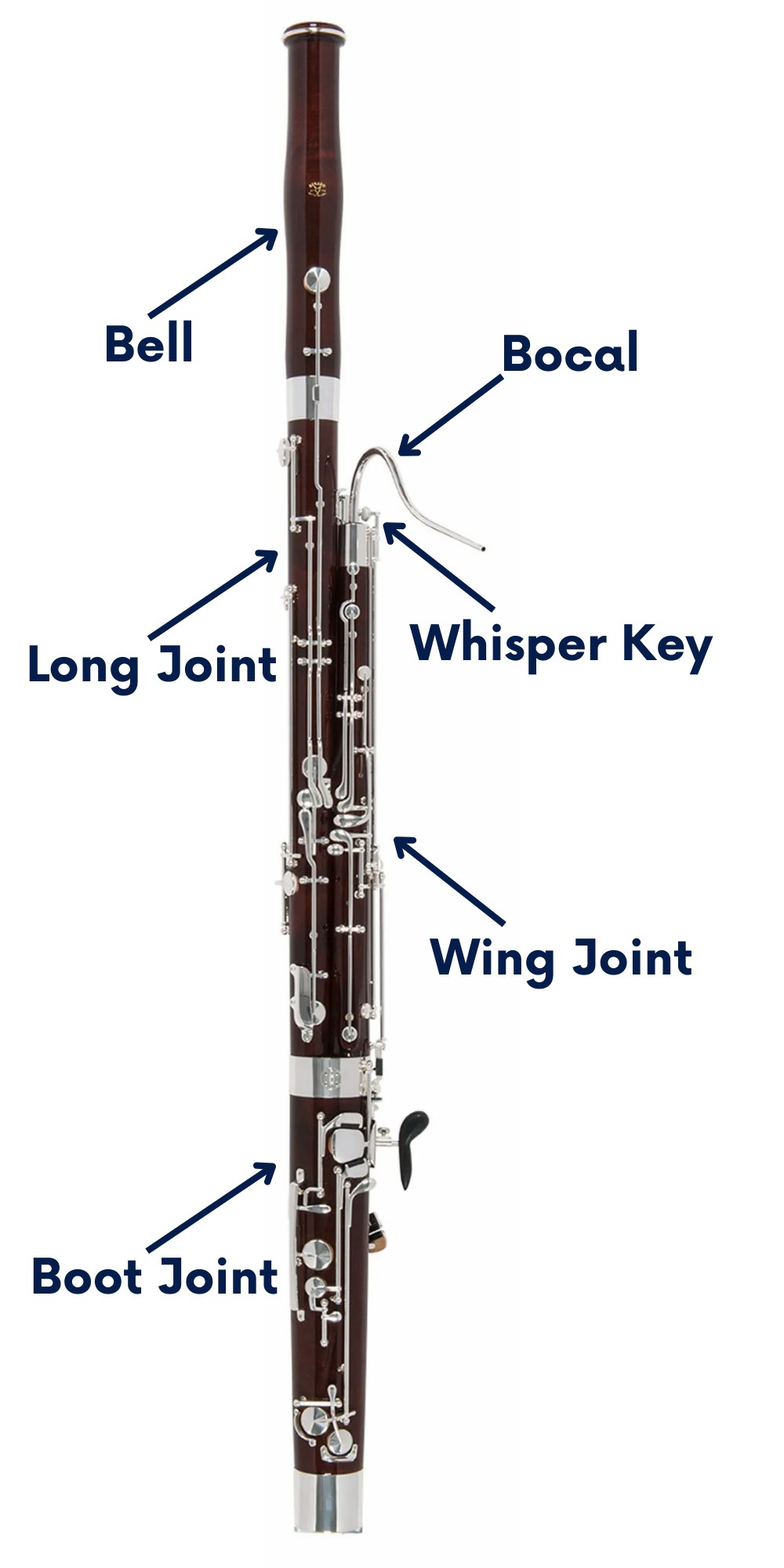
Routine Bassoon Cleaning
Swabbing
It is essential to clean your instrument after every playing session to prevent damage, sticky pads, or gunk from accumulating in the tone holes.
Boot: Remember big to small! Place the swab in the big hole and then tilt the smaller hole towards the floor to have the moisture run down the smaller side. Next, grab the string through the small hole to pull the swab through. We do this because the smaller side is lined with metal, while the larger side is only wood. Therefore, we don’t want the moisture running into the wooden side as it can cause damage to your bassoon.
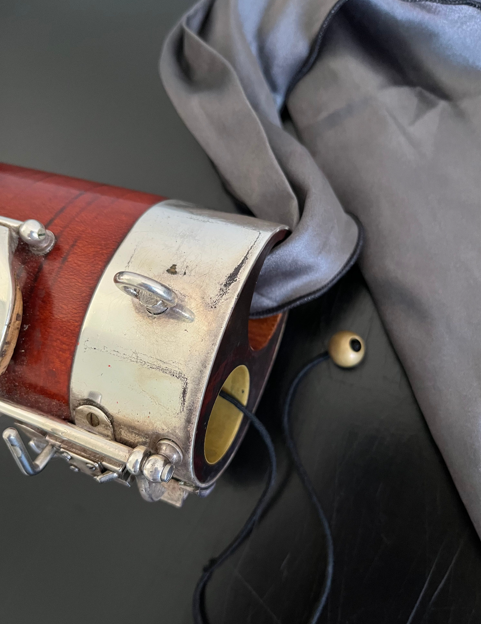
Wing Joint: Once again, go from the larger end (bottom) to the smaller end (whisper key). Guide the string through the larger end until you can pull it through on the smaller end. Then pull the swab through the joint. Be mindful that the string does not get wrapped around any of the keywork, such as the whisper key.
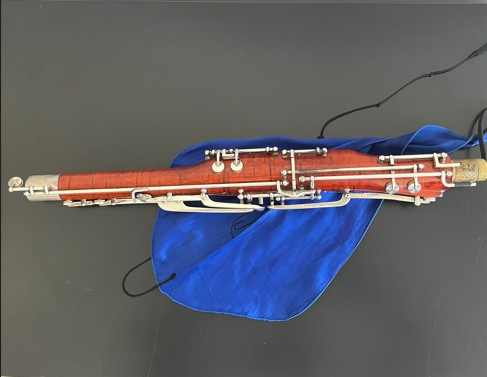
One important thing is to go slowly and be careful that the swab is not getting bunched up. Sometimes the swab can get stuck in the middle of the wing joint due to the inward flare on the inside of this joint. It is recommended to use a swab with a string on both ends. Therefore, if the swab does begin to get stuck you can immediately stop and pull it back out through the larger end that it originally entered before it gets jammed in.
RSC Canada sells the Fox Microfibre Wing Swab, which has a string on both ends that is perfect for avoiding this problem.
A bassoonist can either purchase one general swab that is used for both the wing and boot joint or two different specific swabs with one used on the boot and the other on the wing joint. The long joint and bell never needs to be swabbed as the condensation only collects in the bottom of the boot and will not travel upwards into the long joint.
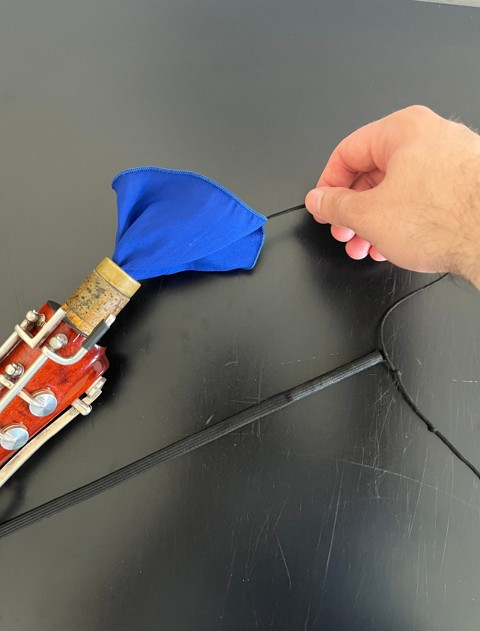
If you own a different swab without a string on both ends then you can sew a string onto the end to help avoid this problem. However, if it does get stuck and won’t come back out of the larger end immediately STOP pulling or trying to get the swab out. You will need to take it to a repair technician. They have special tools for extracting swabs that won’t damage the instrument. Trying to pull out the swab on your own can get it lodged deeper making it harder for a technician to remove and resulting in damage to the joint.
Cleaning the Bocal
Cleaning out your bocal while playing is an important step to help avoid a gurgling or popping noise.
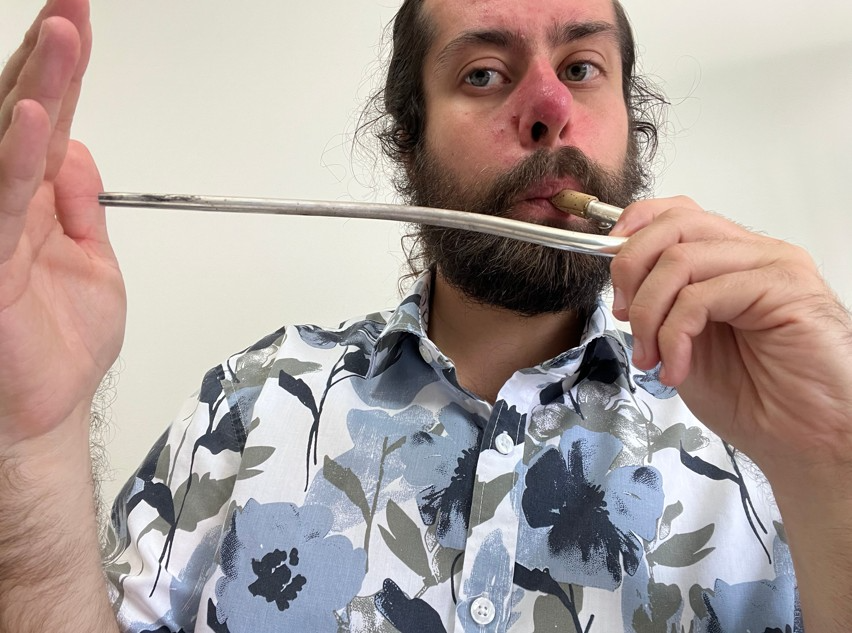
Make sure to blow out moisture from the bocal throughout your playing session by putting your mouth on the larger cork end and blowing air. Be courteous to other musicians around you and put your hand near the small end to block the moisture from flying farther and hitting other people.
After playing, you can also use a bocal swab the same way as the other swabs to remove excess moisture.
Wiping Keys
Before putting the instrument back into the case you should always wipe off the keys. This will help avoid tarnishing from the oils on our hands and sweat that can accumulate on the instrument during play.
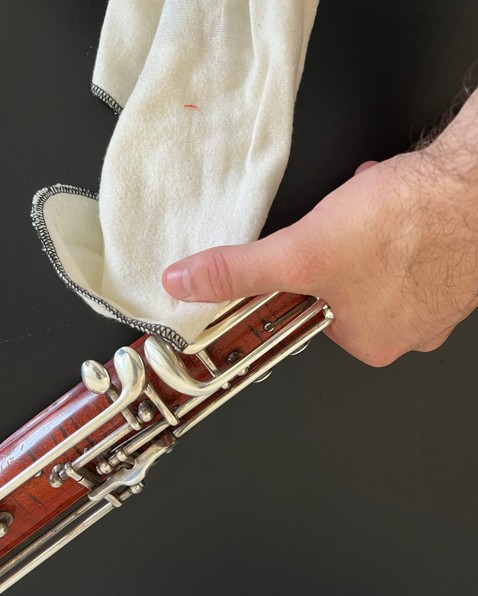
There are several types of polishing cloths available. Simple microfiber cloths are good for removing dust and fingerprints. For long-term care, there are polishing cloths available with a special coating to target tarnish on silver.
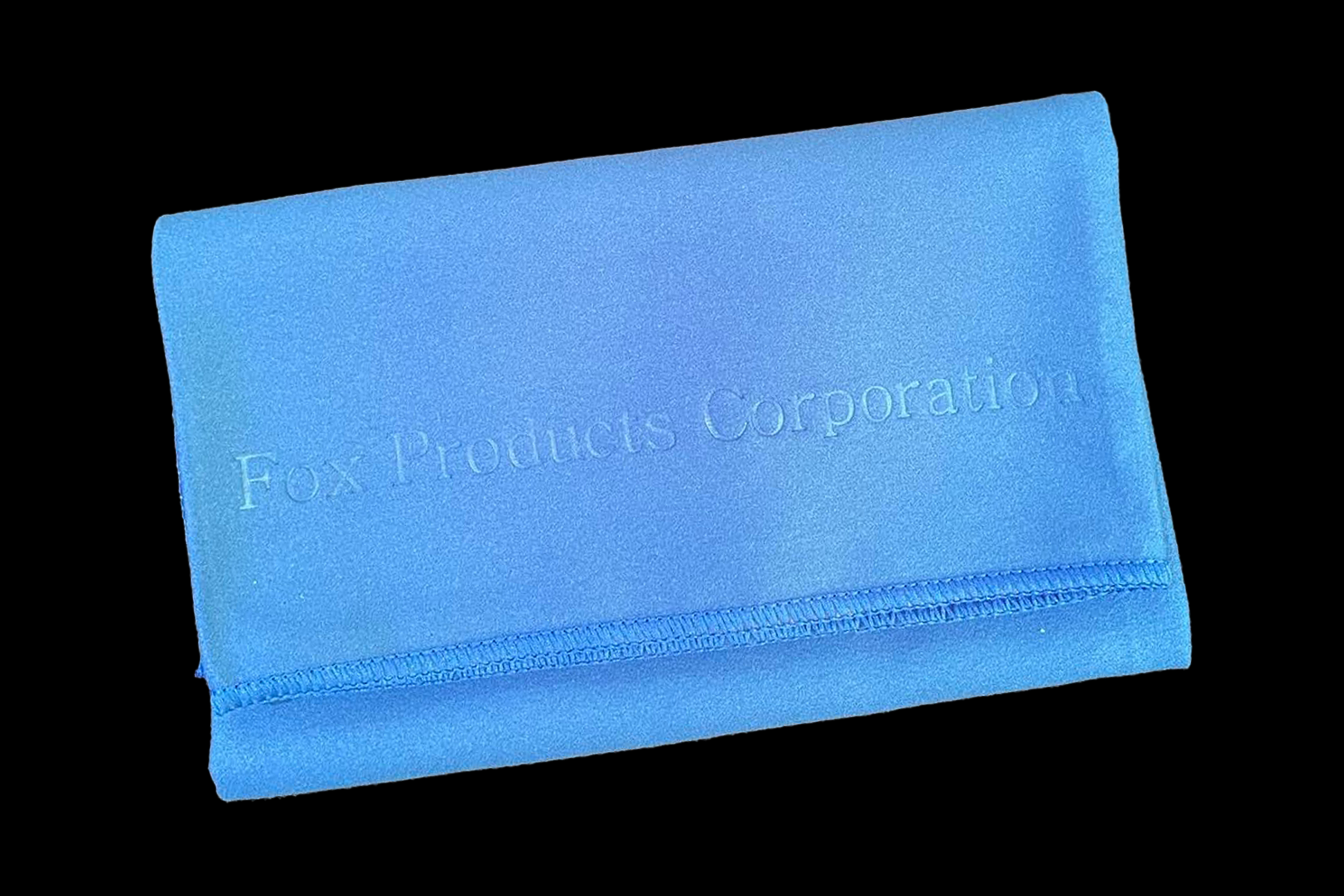
The Fox Polishing Cloth is an uncoated microfibre cloth, great for using after each playing session.
Sunshine polishing cloths are coated and safe to use on all instruments, including bassoons.
Now, let’s discuss tasks to complete on a weekly or monthly basis to maintain good instrument care.
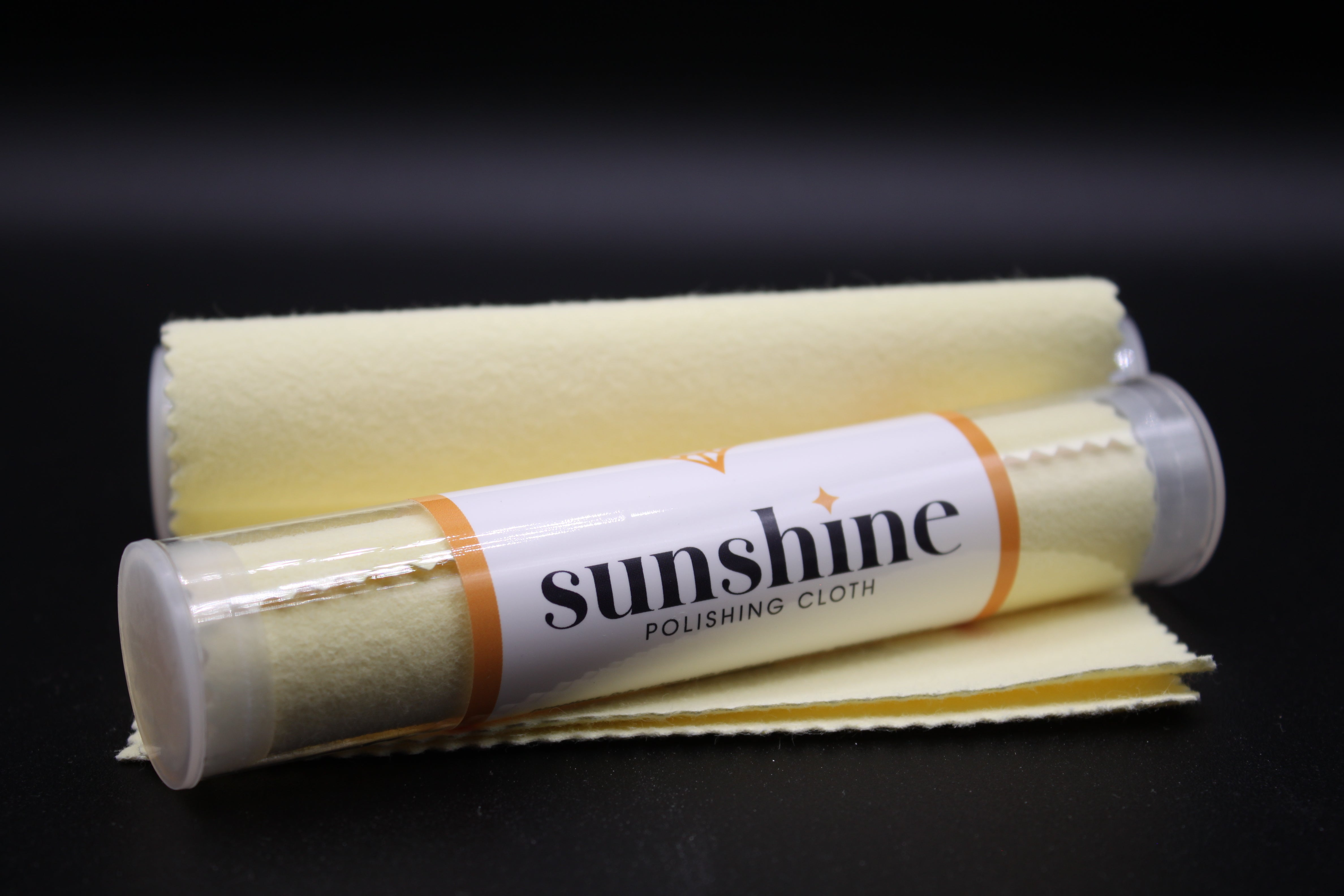
As Needed Care
Lubricating Joints
Make sure all cork tenons are lubricated with cork grease and thread-wrapped tenons with beeswax or paraffin wax. Apply a small amount to the cork or thread and smear it evenly around the tenon with either your finger or an applicator. Avoid getting this on the wooden part of the bassoon to avoid the wood swelling.
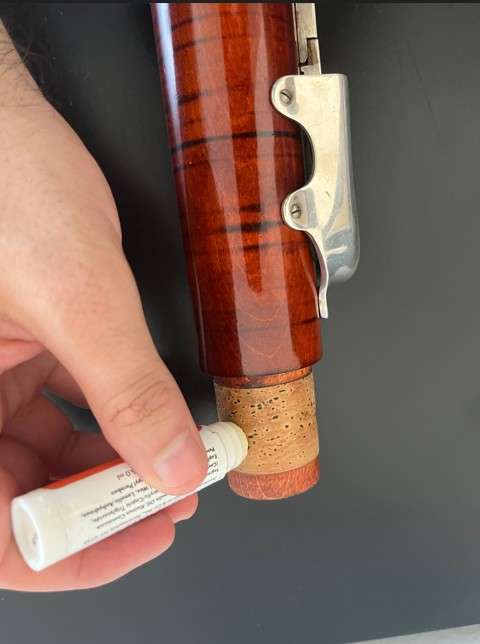
It is very important to never use cork grease on thread-wrapped tenons as it will get caked on causing the joint to get stuck.
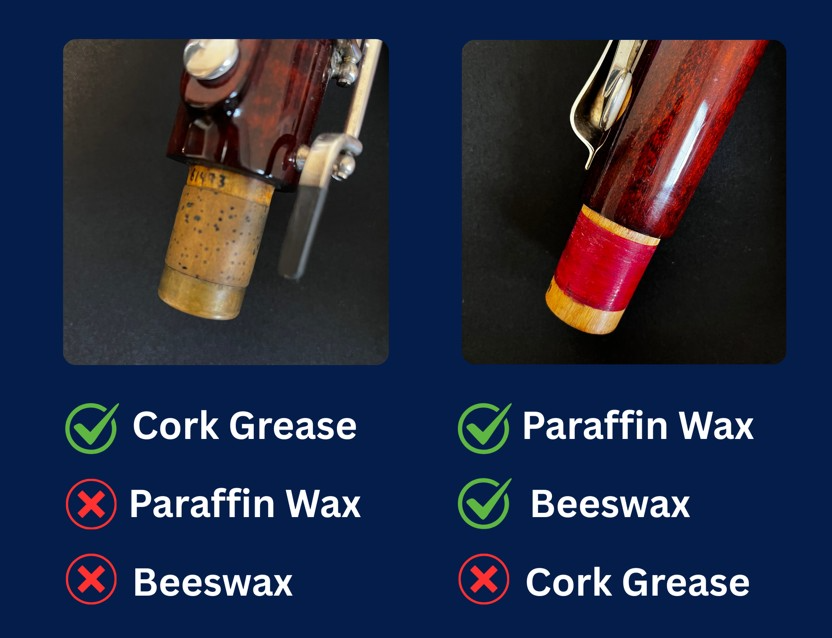
However, if you are still having trouble with the joints fitting too tightly then it is recommended to take your bassoon to a repair technician to refit the joints properly by either shaving down the cork and thread or removing and replacing it with a new cork or thread.
Rinse Out the Bocal
The larger end of the bocal can be put under a small stream of water coming from a sink tap to unlodge any gunk or debris that has built up. Blow out the bocal from the larger cork end to get out of the water. While blowing it out make sure to alternate between covering the two different holes (the smaller end where the reed goes and the small nib that the whisper key closes) to target any debris in those holes.
Alternatively, the bocal can be cleaned using a bocal brush. This is a little snake-like device with a scrubbing end that feeds through the bocal in the same manner as a swab. It is specifically designed to grab and push out the debris to the end.
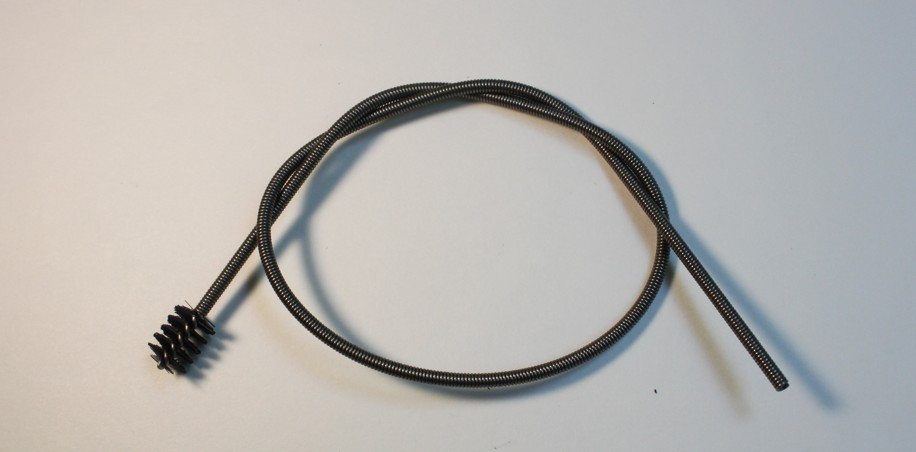
Clean Tone Holes and Dust the Keys
A wet Q-tip can be used to scrub out any debris in the tone holes. A small brush, such as a makeup or paint brush can be used to remove any dust between the keys, rods, and mechanisms.
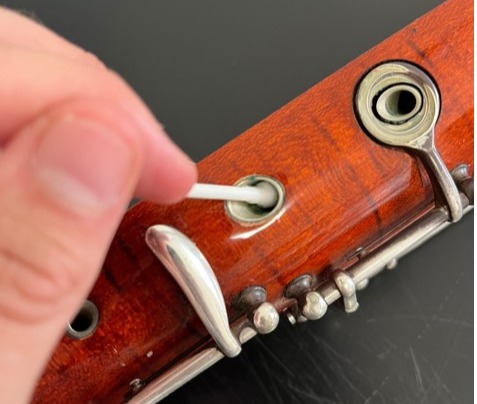
Clean Out and Humidify the Case
The case should be vacuumed out periodically (or more often if you have pets in the room while practicing) to remove any hair or dust from the case preventing it from clogging the tone holes of the instrument. A humidifier can be placed in the case during the drier winter months to maintain a consistent level of moisture for the bassoon, which helps avoid it constantly shrinking and expanding while playing and sitting in the case. There are various options available that include: a sponge in a bag, an orange peel, or commercial products like the Humistat in order to achieve an optimal moisture level inside the case. It is essential to keep the humidifier away from the joints to prevent damage to the wood. Also, ensure the humidifier doesn’t become too wet by keeping the case properly ventilated to prevent mold growth.
Finally, let’s cover what needs to be done on an annual basis.
Annual Bassoon Cleaning
Clean, Oil, and Adjust (COA) by a Repair Technician
It is recommended to take your bassoon to an experienced repair technician for a COA (Clean, Oil, and Adjust) service. This involves a thorough inspection of the instrument, small adjustments, and addressing minor issues before they become more significant, requiring expensive repairs. During a COA, the repair technician will disassemble and remove the keys, posts, and mechanism to clean and remove dust, grease, and debris. Then they will oil the wood to prevent cracks and oil all the rods so they operate smoothly and quietly. Finally, they will adjust the keys, pads, and springs to ensure a good seal is occurring.
In Conclusion
There is a routine a bassoonist can perform on their bassoon involving daily to annual tasks that use a variety of supplies to help facilitate keeping one’s bassoon in the best condition possible. Reed Supplies Canada is here to provide you with some of the best tools on the market to assist you in caring for and maintaining your bassoon.
